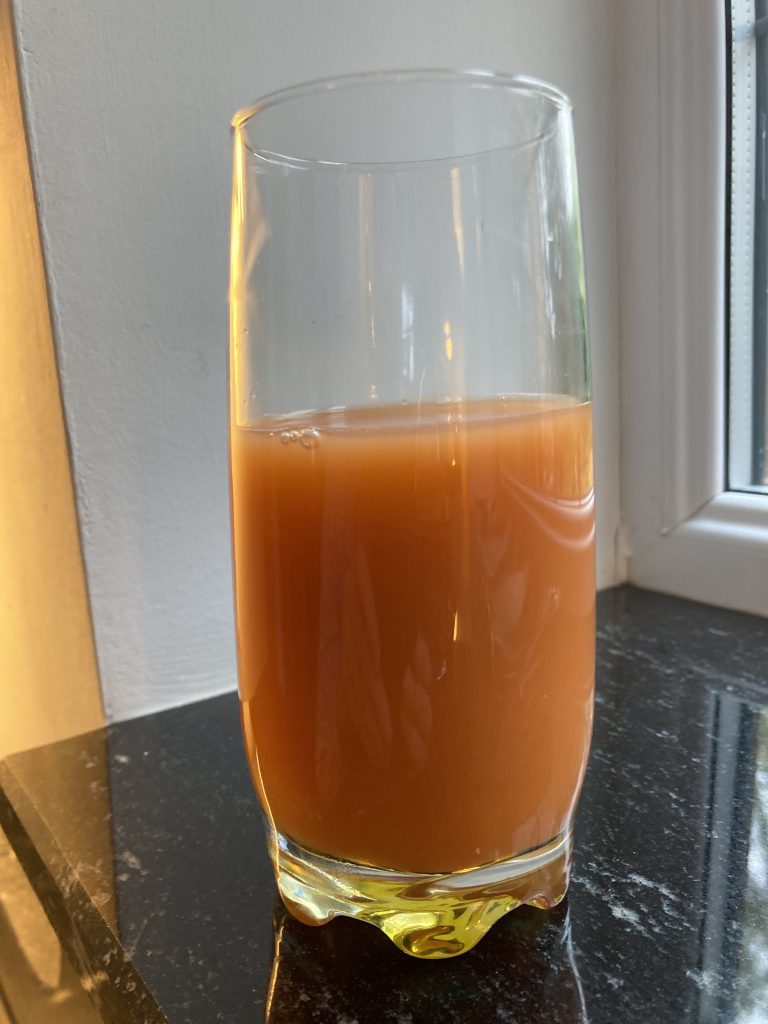Endometriosis
What is it?
Endometriosis occurs when cells from the uterus (womb) find their way to other parts of the body, typically occurring at the time of periods when the womb tissue bleeds. This is thought to occur in 10% of women. Common sites for womb tissue to be deposited are the ovary, fallopian tubes and peritoneum.
Treatments
Conventional treatment includes surgery to remove the deposits, hormone treatment to block periods and painkillers. Gonadotrophins (GnRH agonists) create an artificial menopause but can also cause flushes, sweats and mood swings.
Diet
Endometriosis can be helped by diet. Recent research at the American society of Reproductive Medicine has found diet can reduce pain in endometriosis by 50% and increased fertility. The commonest foods to cause problems are wheat (86%) and milk products (milk contains many hormones and some can stimulate the womb). Milk today comes partly from pregnant cows. The levels of hormones in pregnant cows are 5 to 30 times higher than in those who are not pregnant. This creates too much hormonal stimulation.
A study of 207 with endometriosis who were put on a gluten-free diet for 12 months found 75% had significant pain relief and all of the women felt better.
A study in Italy of 1000 women found those with low intakes of fruit and green vegetables had a significantly higher risk of endometriosis. Those who ate a lot of beef and red meat were more likely to have the disease.
Women who consumed more than 5 grams of caffeine month (approximately one and a half cups daily) were more than twice as likely to have endometriosis and be infertile.
Alcohol intake was also associated with more endometriosis
Cows
Farmers don’t like their cows getting endometriosis. That’s because the cows stop producing milk. Fortunately they know why their cows get this disease. It’s because of selenium deficiency If the soil is low in selenium, they give them salt fortified with selenium. I have come across patients who have also recovered for the same reason, they supplemented with selenium. I would suggest 200mcg daily.
Chemicals
Like with polycystic ovary syndrome there is increasing evidence that hormone disrupting chemicals, sometimes known as gender-benders, play a major part in endometriosis.
Benzophenones (BP), found in personal care products and sunscreens pass through the skin and into the body. A recent study of 600 women living in Utah found that having high levels of BP was associated with increased risk of endometriosis and women with the highest levels of BP had a 65% higher chance of endometriosis. Another study found women with higher levels of the oestrogen-like pesticide hexachlorocyclohexane (HCH) were more likely to have endometriosis. Endometriosis has also been linked with dioxins and polychlorinated bipenyls (PCBs). Many chemicals have hormone disrupting properties and mimic oestrogen. It makes sense to reduce exposure to hormone disrupting chemicals which can be found in a wide variety of plastics, pesticides and personal care products. Eating organic where possible, filtering water, sweating (exercise and saunas help sweat out toxins) and being careful with personal care products and cosmetics should help (see Toxicity leaflet for more information on reducing toxicity).
Exercise
Women who did frequent high intensity physical exercise had a 76% lower risk of endometriosis than those not doing these activities.
Supplements
Magnesium helps reduce menstrual cramps by helping muscle relaxation. Typical dosage is 300mg twice daily. It works best combined with B vitamins. Another study showed thiamine (vitamin B1) 100mg daily for 90 days removed menstrual cramps in 87% of women. A good way to take this would be in a B50 multivitamin taken twice daily. Other vitamins can also help. A study of 40 women with endometriosis found those that took Vitamin C 1 gram daily (a fairly small dose) and Vitamin E 1200 IU daily for 2 months had a significant improvement in menstrual cramps. I suspect the improvement would be even better using a higher dose of Vitamin C (such as up to bowel tolerance –usually over 10 grams during painful episodes).
I would also add iodine (see iodine leaflet) as iodine is beneficial for glands including the ovary and breast tissue. Iodine helps control oestrogen levels.
An interesting and surprising study of 40 women given 10mg melatonin for 8 weeks found pain scores were reduced by 40% and painkiller use was reduced by 80%. Another surprise was a study taking 500mg twice daily of propolis (made by bees). This was associated with a 60% pregnancy rate as opposed to 20% for those taking placebos.





